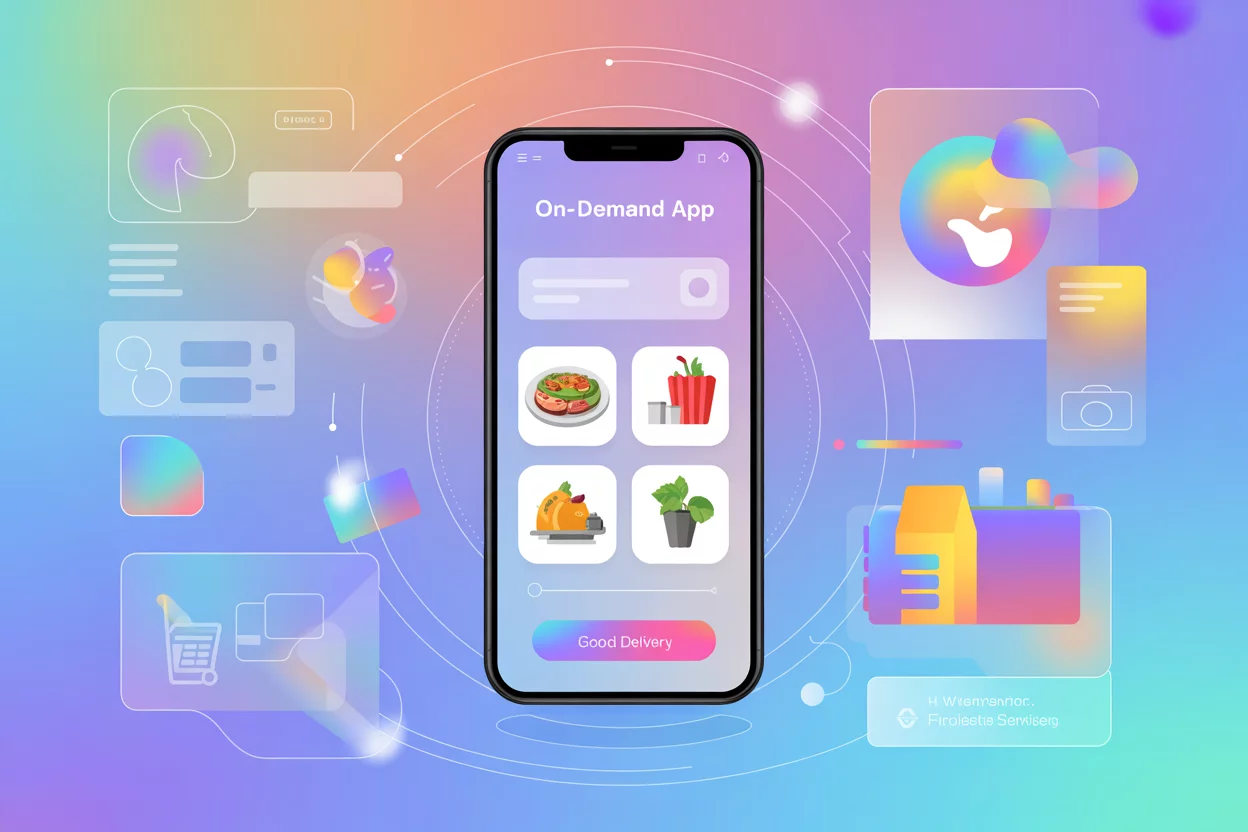Offering innovative products can give a business a competitive edge, but sustaining that edge depends on consistently introducing new products that match the changing needs of customers. Effective new product development is essential for growing market share and earning lasting customer loyalty.
Studies show that around 70% of new product initiatives fail, making a structured approach critical for success. Moreover, companies with a formal NPD process are 30% more likely to achieve successful launches. In this article, we will take a closer look at the new product development process and highlight the top three challenges teams often face along the way.
For instance, when a tech firm creates a new project management app, it applies the NPD process to assess market demand, design and test prototypes, and fine-tune features before going live. Lacking a clear NPD process can lead to expensive mistakes, poor market fit, and inefficient use of resources. In contrast, a well-structured approach optimizes development, reduces risk, and boosts the likelihood of a successful launch. In this article, we will break down the new product development journey step by step.
What is New Product Development?
New Product Development (NPD) is the complete process of bringing a new, original product to market. While it is often discussed in the context of modern business, NPD is not a new concept. For decades, companies across industries have relied on structured product development practices to innovate, adapt to changing customer preferences, and stay ahead of competitors. From the introduction of early consumer goods to today’s advanced digital products, the principles of NPD have remained central to business growth and survival.
For instance, the smartphone industry is a strong example of how NPD drives success. Companies like Apple and Samsung did not just improve existing mobile phones; they revolutionized the market by consistently launching entirely new products that redefined customer expectations and created new standards for the industry.
It involves several key stages starting from idea generation to concept development and so on until the final launch. This process requires a well-defined product strategy and roadmap to effectively guide cross-functional teams and stakeholders.
The goal of product development services is to ensure that the final product aligns with both user needs and the company’s business objectives. Unlike enhancements or upgrades that refine existing products, new product development focuses on the distinct challenges of creating and launching entirely new offerings.
The 7 Stages of New Product Development
To bring a new product to life, businesses typically follow seven key stages that shape the journey. Here’s a quick overview of the structured process behind every successful product launch.

1. Idea Generation
Every new product starts with identifying a problem and exploring possible solutions. Ideas can come from within the organization, such as the customer support team, or from external sources like customer feedback and market research. At this stage, it is important to gather all ideas without filtering them. The more ideas you generate, the greater the potential for discovering valuable solutions.
To assist in prioritizing ideas, tools like SWOT analysis or competitive analysis can remove uncertainty from the process. A clear understanding of available opportunities and insight into how competitors are performing can inspire innovative, impactful ideas during brainstorming sessions. Research shows that companies allocating 70% of resources to core ideas, 20% to adjacent innovation, and 10% to transformational projects outperform their peers in breakthroughs and market success.
2. Screening Ideas
Agile teams can enhance the evaluation process by using idea scoring matrices that apply criteria such as potential impact, required effort, and confidence level to assess and prioritize ideas. Centralizing and organizing ideas in one platform helps product teams efficiently identify which concepts or features are most likely to deliver value.
Comparing the development effort against the expected impact allows teams to focus on high-value opportunities. Insights from SWOT and competitive analyses in the previous stage can serve as a helpful foundation for setting these priorities. Not all ideas make it to market. Adopting a structured evaluation system, such as the Stage-Gate model, can reduce cycle times by around 30% and improve launch success rates.
3. Creating a Product Strategy
Once the most promising ideas have been selected, the next step is to develop a clear product strategy. This outlines the specific need the product addresses and defines its overall direction. A strong strategy includes the product vision, target audience, market positioning, key features and benefits, and the value it will deliver to the business. At this stage, it’s important to clearly define the product requirements.
Tools like Confluence offer strategic plan templates that help refine your messaging, eliminate confusion, and clearly communicate the product’s goals. The requirements template further guides you in setting objectives, identifying success metrics, listing assumptions and possible solutions, and attaching relevant documentation.
A well-defined product strategy, including vision, target audience, positioning, and requirements, aligns teams and keeps development focused. AI-based R&D tools can improve market fit by up to 50%, accelerate innovation by 15 to 60%, and reduce time to market by up to 40%.
4. Building a Product Roadmap
Once the product strategy is defined, the next step is to create a product roadmap. This strategic document outlines the product’s key features, development timeline, and release plan. It ensures alignment between cross-functional teams and business objectives. A well-structured roadmap helps prioritize tasks, manage resources effectively, and keep all stakeholders informed about progress and expectations.
5. Prototyping
Prototyping is essential for translating ideas into tangible, testable versions of the product. By developing early models or mockups, teams can validate core functionalities, identify usability issues, and gather valuable user feedback. This iterative process allows for quick adjustments and improvements, reducing development risks and ensuring the final product better meets user needs.
Rapid prototyping accelerates the design process significantly. Companies using digital prototyping get to market 58 days faster and cut related costs by nearly 48% Meanwhile, on-demand manufacturing now delivers functional prototypes in 2–5 days an 80–90% reduction compared to traditional timelines.
6. Testing
Testing is a critical stage in the new product development process, helping teams identify and resolve defects before launch. Effective issue tracking and change management ensure the team remains aligned, organized, and on schedule. This phase typically involves both internal quality assurance (QA) efforts and external testing through alpha, beta, or user acceptance testing to validate performance, usability, and reliability. Incorporating testing early and consistently is vital. Implementing automated testing and user feedback has been shown to reduce post-release defects by up to 40% and speed up project completion by 25%.
7. Product Launch
Launching a new product is a critical milestone that requires strategic planning and flawless execution. Every stage of the development process contributes to a successful launch. This phase involves coordinating marketing, sales, support, and product teams to ensure a smooth release and strong market entry. A well-executed launch helps create a positive first impression, build customer trust, and drive early adoption.
Top 3 Challenges Faced by Teams During New Product Development
While the new product development process offers exciting opportunities for innovation and growth, it also presents several challenges that can hinder progress if not addressed early.
1. Defining Clear Requirements
When speed is a priority, teams often treat requirements as strict directives. However, clarity alone is not enough. Agile teams also need a shared understanding of the customer’s needs. Involving cross-functional team members in activities like customer interviews helps ensure that everyone, including designers, developers, and QA, aligns on the user perspective. According to research, using well-defined user stories can improve stakeholder satisfaction by up to 20%, while collaborative requirements gathering can reduce rework by as much as 40%.
2. Estimating the Development Effort
Accurate effort estimation is essential for delivering new products on schedule and retaining a competitive edge. Yet, early stages of product development are often unpredictable, making tasks hard to estimate. Breaking larger initiatives into smaller, manageable tasks improves accuracy and allows the team to respond flexibly when timelines shift.
Research shows that using bottom-up estimation, where each component is estimated individually, can yield accuracy within 5 to 10 % of actual costs. This method also helps uncover hidden tasks and potential risks through detailed analysis and promotes greater accountability across the team.
3. Siloed Tools
Effective collaboration is essential for successful product development. However, development teams often rely on multiple specialized tools, such as visual design platforms for mockups and messaging apps for communication. This fragmentation can lead to miscommunication and workflow inefficiencies. According to research, companies lose up to 350 work hours per year due to organizational silos, which is roughly equivalent to one full workday every week.
Final Thoughts
Each team follows a development process shaped by its unique needs and project realities, even if the main stages are similar across the board. The flow often adapts based on the nature of the project. For example, some teams may begin with customer development interviews before moving into prototyping.
Regardless of how you structure your new product development process, the focus of each stage should be on delivering customer value and driving innovation. That is what truly leads to a successful product.
At Intelegain, we work closely with businesses to support every stage of their product development journey, from idea validation to launch. If you’re planning to build a new product or enhance your current strategy, Our product development services are designed to drive innovation and deliver results. Connect with us to streamline your product development journey and launch innovative solutions faster with expert guidance.
FAQs
The key difference lies in their scope. Product development covers the entire process of bringing a product to market, including strategy, engineering, testing, and launch. In contrast, product design is a subset of that process, focused specifically on the product’s appearance, user experience, and functional design.
Companies ensure seamless transitions by establishing a clear product roadmap, defining measurable milestones, and maintaining alignment across all stakeholders.
The timeline for bringing a new product to market varies based on several factors such as product complexity, industry type, company maturity, and available resources. It can range from a few months for simple products to a year or more for highly complex innovations.
Businesses can optimize the process by using customer feedback, agile methods, and AI-powered tools to speed up innovation and improve accuracy.
Plan your new product development process with us!









